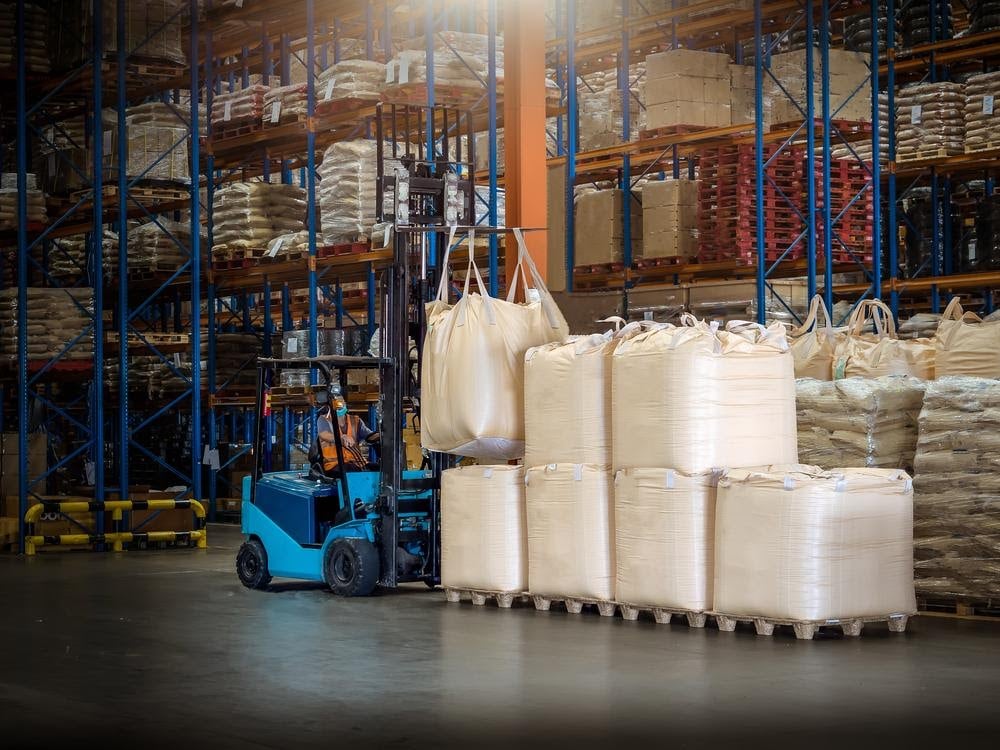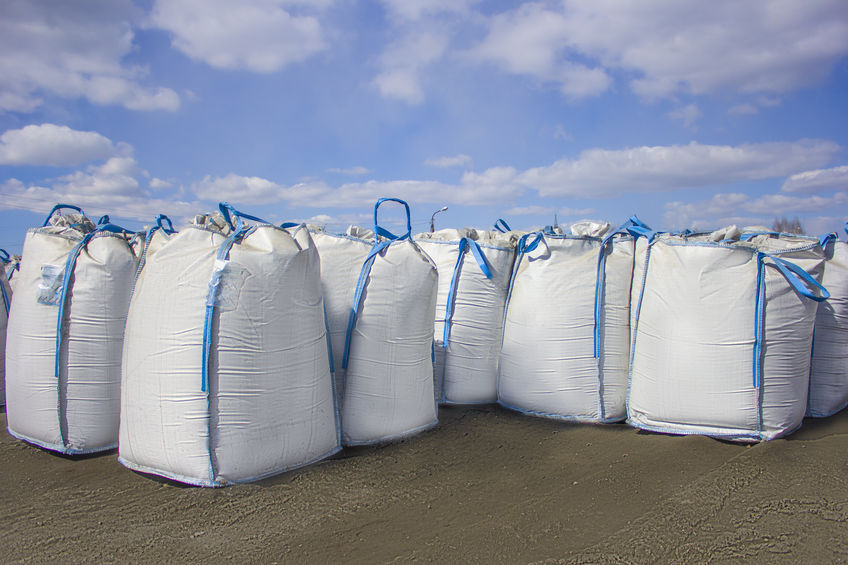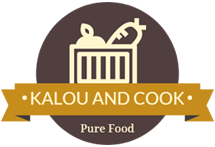
Innovative Uses For Supersacks In The Food Industry
In recent years, supersacks have become an increasingly popular packaging solution in the food industry. Supersacks, or FIBCs (Flexible Intermediate Bulk Containers), are large bags made from flexible materials that can hold a wide range of bulk food products. While supersacks have been used for many years to package and transport products like cement and chemicals, they are now used innovatively in the food industry.
Table of Contents
Packaging And Transporting Bulk Foods
One of the most common uses of supersacks in the food industry is packaging and transporting bulk food products like grains, flour, and powders. Supersacks can hold large quantities of these products, making them an efficient and cost-effective solution for food producers and distributors. Supersacks are also easier to transport than individual bags, reducing shipping costs and environmental impact.
Storing And Transporting Liquids
In addition to bulk dry products, supersacks are also used to store and transport liquids. For example, some companies use supersacks to transport liquid products like juices, oils, and sauces. These supersacks are specially designed with a liner that helps to prevent leaks and spills, keeping the products inside fresh and safe for consumption.
Transporting Fresh Produce
Another innovative use of supersacks in the food industry is packaging and transporting produce. Supersacks can be designed with unique features like ventilation and drainage, which make them an ideal solution for transporting fresh fruits and vegetables. The ventilation helps to keep the produce fresh by allowing air to circulate, while the drainage prevents excess moisture from building up and causing spoilage.
Waste Reduction And Sustainability Options
Supersacks are also used in the food industry for waste reduction and sustainability initiatives. Some companies use supersacks to collect and transport food waste, which can be composted or used for animal feed. By using supersacks for food waste, companies can reduce the waste sent to landfills, which helps to reduce their overall environmental impact.
In addition to the environmental benefits, using supersacks for food waste can also be a cost-effective solution for companies. Instead of paying for costly waste disposal services, companies can use supersacks to collect and transport food waste, simultaneously saving money and reducing their environmental impact.
Transporting Frozen Foods
Supersacks are also used to transport frozen foods, such as frozen fruits and vegetables. FIBC bulk bag manufacturers design these bags with insulating materials that help to keep the products frozen during transit.
Emergency Food Supplies
Supersacks can also be used to store emergency food supplies, such as in disaster relief situations, or for long-term food storage. The supersacks can hold large quantities of food, which can be easily transported and stored.

Bulk Packaging for Snacks and Confectionery
Some snack and confectionery companies are using supersacks as a bulk packaging option for their products. The supersacks can hold large quantities of snacks or candies, making them a cost-effective solution for these companies.
Final Thoughts
Supersacks are an innovative and versatile packaging solution for the food industry. They can store and transport many bulk food products, from dry goods to liquids and produce. Additionally, supersacks are an eco-friendly option that can help to reduce waste and save on costs.
